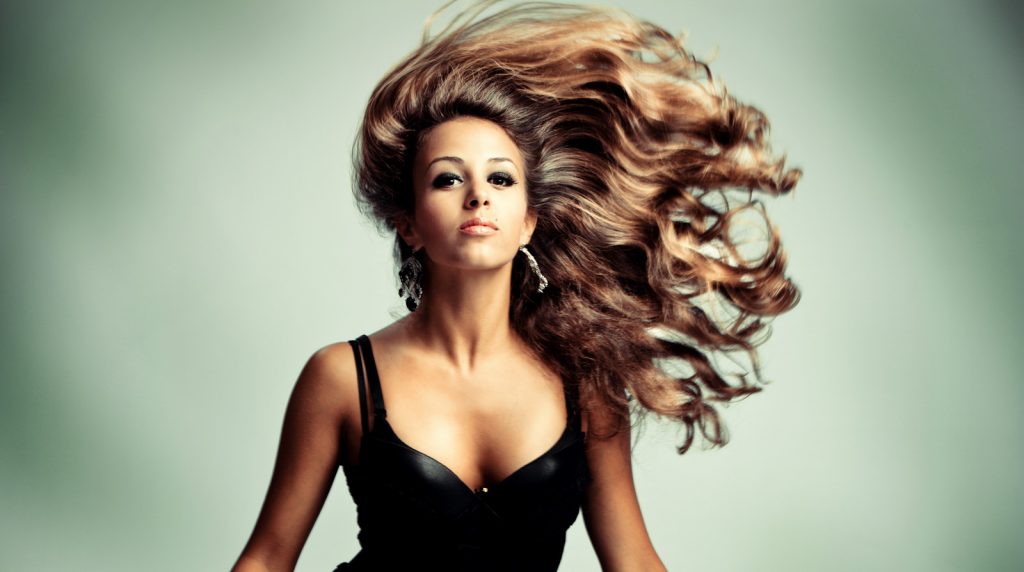Porosity of the hair is key to right hair care. You cannot expect that oil will magically improve condition of your hair if you use wrong type of oil for your porosity. It is the most difficult for women with mixed porosity of hair. How should you take care of your hair? What should you remember about?
 Human hair are divided into the subcutaneous part and external part. The subcutaneous part holds hair bulb that in large extent is responsible for absorption of nourishing ingredients and pass it along. Above the skin is located dermal part of hair that is made of shaft and cuticles. These are responsible for the porosity of hair!
Human hair are divided into the subcutaneous part and external part. The subcutaneous part holds hair bulb that in large extent is responsible for absorption of nourishing ingredients and pass it along. Above the skin is located dermal part of hair that is made of shaft and cuticles. These are responsible for the porosity of hair!
Porosity of the hair = level of raised cuticles
Higher porosity means that cuticles are raised and between them and shaft is created free space. Highly exposed hair shaft has its disadvantages, but also some advantages.
High porosity hair:
+ are better at absorption of nourishing substances from cosmetics, due to raised cuticles,
– lose water, vitamins and minerals much faster, because cuticles are never sealed.
The fact remains that hair should be healthy, so high porosity is not advised. Deprived of protection, hair shaft is weak and subjected to damages. No wonder, that high porosity hair are more prone to excess falling out, are rough, brittle, deprived of elasticity and tend to be accompanied by dandruff or skin irritations.
Choice of oil for high and low porosity hair
Depending on how hair cuticles are placed, different oils will work for different hair type.
Low porosity hair like oils with small particles, that are absorbed deep into the hair shaft (e.g. castor, linseed, sunflower oil). Great are also butters (e.g. shea, cocoa, coconut) that cover hair with protective layer.
However, high porosity hair need oils with larger particles, that will match big gaps between cuticles (oils with high amount of polyunsaturated fatty acids, e.g. grape seed, sweet almond, nut, pumpkin, raspberry or corm oil).



